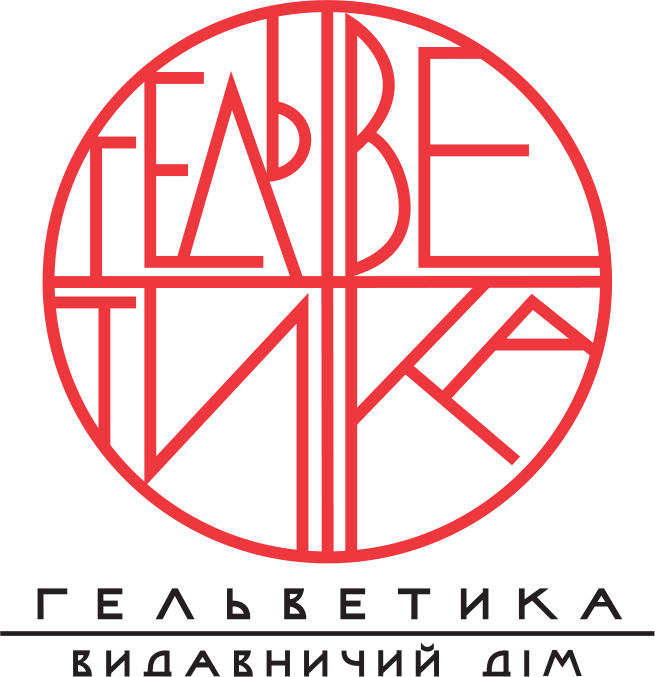ETHNODESIGN HAIRSTYLE: ADAPTATION OF TRADITIONAL BRAIDED INTO A MODERN STYLE
DOI:
https://doi.org/10.32782/uad.2025.3.19Keywords:
ethnodesign, braiding, hairstyle, semiotics, adaptation, tradition, intercultural dialogueAbstract
The article explores hair ethnodesign as a unique direction in contemporary art and design, focusing on the adaptation of traditional hair braiding forms to current stylistic trends. The author emphasizes the importance of preserving cultural authenticity through the reinterpretation of ethnic elements in fashion design, avoiding cultural appropriation, and developing an ethical approach to the visualization of ethnocodes. The hairstyle is considered a component of visual identity, communicating symbolism, status, ritual significance, and historical heritage. The article analyzes the symbolism of the number of strands, color, and compositional structure of braiding in Slavic, African, and Indian cultures, revealing the semiotic meaning of the hairstyle as a sign of cultural identity. The importance of using complex research methods—iconographic, semiotic, comparative analysis, visualization, and AR/VR technologies—is emphasized for creating authentic images. The authors review the practices of leading designers (Alexander McQueen, Valentino) and Ukrainian fashion brands that integrate ethnic elements into contemporary hairstyles. Special attention is given to the issue of a visual-compositional approach to hair design, focusing on the harmonious combination of form, color, texture, and symbolism. From a practical perspective, the article examines the creation of sketches, 3D visualizations, and mood boards that demonstrate ways to modernize traditional braiding styles. The author concludes that hair ethnodesign serves not only as a tool for preserving intangible cultural heritage but also as an effective medium for intercultural dialogue, capable of shaping new meaningful fashion trends. A promising area for further research is the integration of digital technologies into design practices, enabling the creation of innovative ethnically inspired images with rich cultural meaning.
References
Ляпкало І. О., Пашковська Т. А. (2016). Використання українських національних мотивів у моделюванні сучасних зачісок. Тези доповідей XV Всеукраїнської наукової конференції молодих учених та студентів "Наукові розробки молоді на сучасному етапі". Т. 1 : Секція "Нові наукомісткі технології виробництва матеріалів, виробів широкого вжитку та спеціального призначення", м. Київ, 28-29 квітня 2016 р. Київ: КНУТД, 2016. С. 172.
Чупріна Н.В., Гайова І.Л., Паламар К.І. Етнодизайн та його реалізація в сучасному проєктуванні костюма та індустрії моди. Технології та дизайн. 2016. № 3 (20). С. 1–10.
Костюк О. П. Традиційна зачіска українців у контексті ініціації. Вісник Національної академії керівних кадрів культури і мистецтв. 2020. № 2. С. 27–31.
Сиваш І.О. Мистецтво етнодизайну в художній культурі України ХХ – початку ХХІ ст. : дис. … канд. мистецтвознав. : 26.00.01. Київ: НАКККІМ, 2019. 210 с.
Єжова О. В., Пашкевич К. Л., Струмінська Т. В., Шибовська Я. Я. Український етнічний стиль в сучасному дизайні одягу. Дизайн, візуальне мистецтво та творчість: сучасні тенденції та технології Т. 1: матеріали І міжнар. наук.-техн. конф., м. Запоріжжя, 12 грудня 2022 р. Запоріжжя: ЗНУ, 2022. С. 57-60.
Чупріна Н., Терещенко О. Орнаментика в сучасному етнодизайні одягу: розвиток та доцільність застосування. Актуальні питання гуманітарних наук. 2024. Вип. 75, т. 3. С. 111–120.
Скасків О. О. Адаптація художньо-образних властивостей традиційного мистецтва у розробці колекцій сучасного одягу : дипломна магістерська робота за спеціальністю 022 Дизайн. Київ : КНУТД, 2022. 151 с.
Сиваш І. О. Етнодизайн – важливий чинник консолідації українського суспільства в умовах війни. Вісник Національної академії керівних кадрів культури і мистецтв. 2022. № 3. С. 120–123.




